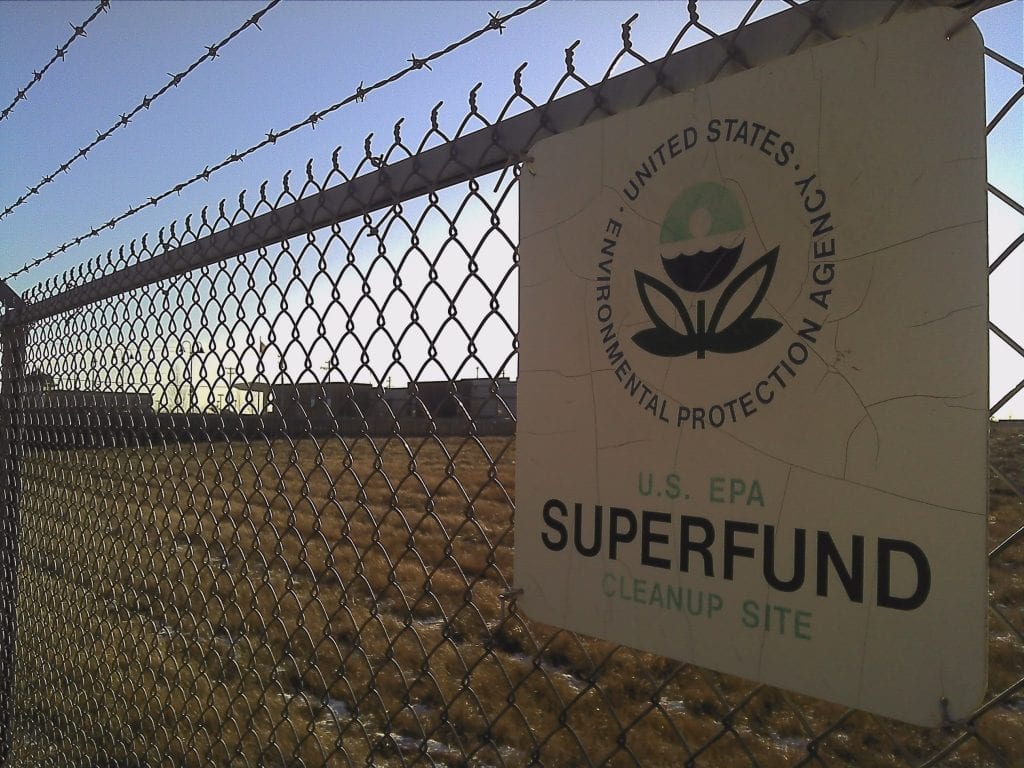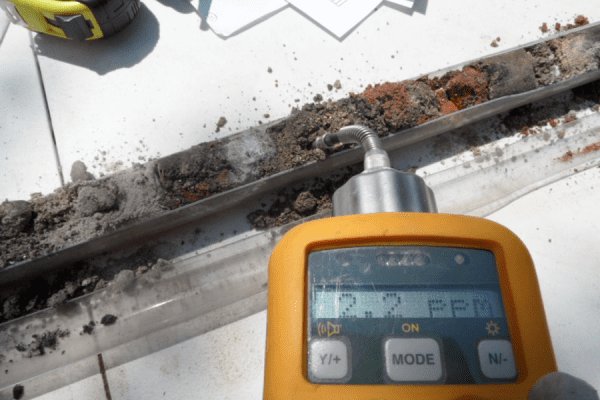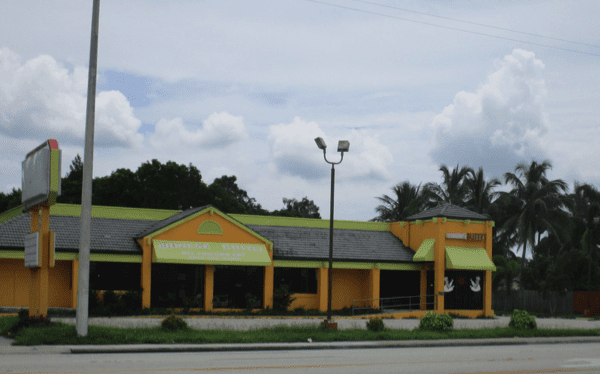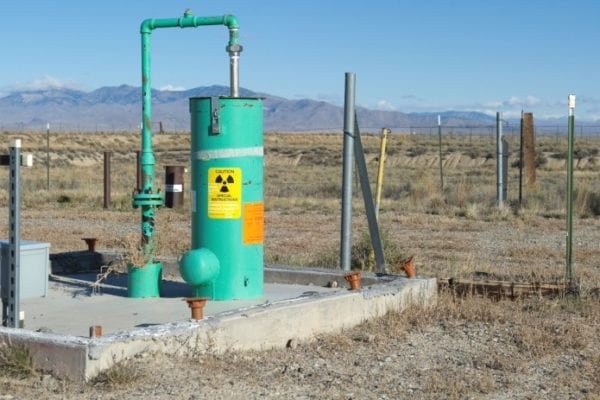Dealing with a contaminated property for the first time can feel like a nightmare in wonderland. The headaches are numerous, and the costs can be outrageous. The bureaucratic maze of regulations can make your head spin, and even the terminology is impossibly complicated.
Whether you’ve purchased a property only to learn later that it’s contaminated, or are considering the purchase of a known contaminated property, you can save a lot of time, money, and hassle by understanding these nine contamination terms. Some of them may not mean what you think they mean.
One: Brownfield Site
It’s understandable to think that if you’ve got a contaminated site, that means you’re dealing with a brownfield. However, that’s not always the case, nor is it the case that a brownfield site is always contaminated.
Why is this important to know? Because, under the right conditions, a brownfield designation can provide important benefits that will lower your cost and improve the investment potential of your property. But you don’t get those benefits just because your site is contaminated.
Brownfield Site Definition: A real property, the expansion, redevelopment, or reuse of which may be complicated by the presence or potential presence of a hazardous substance, pollutant, or contaminant, and that has been designated as such by the appropriate authorities. (Source: EPA)
A properly designated brownfield site may be eligible for significant government incentives for development, so it’s important to know whether your contaminated property qualifies. If it has already been designated, you’re in luck. If it has not, you may be able to get a brownfield designation, but don’t count on it being simple or fast. For more on brownfield designation, read this.
Two: Superfund Site
Like a brownfield site, a superfund site must be designated as such by the appropriate authorities, and the designation makes it eligible for various government incentives. The difference is that superfund sites have been placed on a National Priorities List, meaning you may be eligible for even greater government assistance.
Superfund Site Definition: Any land in the United States that has been contaminated by hazardous waste and identified by the EPA as a candidate for cleanup because it poses a risk to human health and/or the environment. These sites are placed on the National Priorities List (NPL). (Source: EPA)
Three: Phase I and II Site Assessments
Phase I and II Site Assessments are a developer’s primary tool for managing risk prior to a land purchase. A Phase I Site Assessment is an inexpensive assessment that tells the potential buyer whether the site is likely to be contaminated. It also serves, legally, as due diligence, which limits the purchaser’s liability in the event contamination is found after the purchase is made.
A Phase II Site Assessment is conducted only if the Phase I Assessment reveals a likelihood of contamination. It is designed to determine whether the site actually is contaminated.
Both assessments should be part of a developer’s toolkit when considering potential properties. They significantly limit liability and provide purchasing confidence. When contamination is found, knowing it’s there can also provide negotiating power.
Four: Site Contamination Assessment
When contamination is found on a property, a Site Contamination Assessment is the next step. The Site Contamination Assessment determines the exact type and extent of environmental impact on the property, and gives the owner or purchaser a clear picture of how complex the cleanup effort may be. It will cover issues, such as what type of chemicals are involved, how deeply they have penetrated into the soil and groundwater, and how far from the source the contamination has spread. This will begin to give the buyer and owner an idea how much it might cost to remediate.
Site Contamination Assessment Definition: A report prepared for a real property owner or purchaser that identifies the type and vertical and horizontal extent of contamination on a specific property.
Five: Remedial Action Plan
The remedial action plan lays out the exact measures necessary to bring a property into compliance with EPA and other environmental regulations, as well as the cost to do so. When considering the purchase of a contaminated property, this plan is a powerful tool for determining the value of the transaction and negotiating on the purchase price.
Remedial Action Plan Definition: A written plan that describes the exact measures, and the cost thereof, to bring a piece of real property that is contaminated with hazardous materials into compliance with environmental regulations, for the purpose of development for a specific purpose.
Six: No Further Action (NFA) Letter
In some cases, a site can be used for limited purposes without a complete remediation of the contamination. This happens when the owner meets certain criteria to obtain a “No Further Action” letter from the relevant environmental agencies.
No Further Action Letter Definition: A document provided by governing environmental agencies certifying that a parcel of real property has been investigated by a certified professional and determined to meet the applicable target cleanup levels previously set for the current property use. (Source: EPA)
While an NFA letter can be reassuring when considering a purchase, be aware that it does not necessarily mean that the property is clean and ready for the use you have intended. All the NFA letter says is that the government doesn’t currently consider the contamination worthy of attention. That may be because the property’s current use warrants a lower level of attention to contamination, or because remediation efforts have achieved a reasonable target for now, or even because the owner has provided false or misleading information to the regulatory agency. It also does not account for any new contamination that may have occurred between when the letter was received and the present date.
Because of this, if you change the property use, do something to make the contamination situation worse, or even provide new (more accurate) information, the property’s NFA status may change, leaving you on the hook for remediation. It pays to have Phase I and Phase II Site Assessments conducted regardless of the property’s NFA status.
Seven: Target CleanUp Levels
In most cases, a 100% clean site is not the goal of contamination remediation. Instead, the EPA and other regulatory agencies set a “target cleanup level” for the soil and water on a site. This may be measured in parts per billion or parts per million, and sets the goal for how clean the site has to be before it can be developed.
Target Cleanup Levels Definition: A site-specific number defined by an environmental regulatory agency determining the degree to which the soil, water, and other components of a piece of real property must be cleaned up in order to meet approval for use and/or development.
Eight and Nine: VCTC, RBCA, and Other Incentive Programs
Incentive programs can be a boon for developers who know how to leverage them. The VCTC and RBCA are among the most useful incentive programs for contaminated properties, providing tax breaks and opportunities to reduce the requirements to meet environmental standards.
VCTC stands for Voluntary Cleanup Tax Credits, and refers to a number of tax breaks available for brownfield-designated sites. RBCA stands for Risk-Based Corrective Action and refers to programs that can change the target cleanup levels, based on the actual risk and exposures created by the intended use of the property. This can reduce the cost to remediate by increasing the acceptable levels of contamination.
Other programs include liability protection, low interest loans, and additional tax incentives. You can find a complete listing of Florida’s brownfield incentive programs here.






